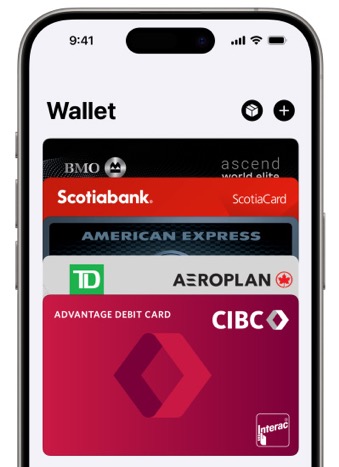
Innisfil, Ontario’s Subsidized Uber Service Sees Price Hike, Discount Reduction
A new report from Citylab takes a look at an Ontario town’s experience subsidizing Uber trips for its residents.

Two years ago, the Toronto-area town of Innisfil, Ontario became one of the first cities on the planet to subsidize Uber trips, charging a flat fee of $3-$5 CAD to travel to specific community hubs, or a $5 discount to travel to specific destinations in town.
“Rather than place a bus on the road to serve just a few residents, we’re moving ahead with a better service that can transport people from all across our town to wherever they need to go,” said Innisfil’s then-mayor Gord Wauchope.
The program was an immediate success, with many residents turning to the ridesharing service for their daily commute. “I used Ubers on a Wednesday, Thursday, Friday basis,” said a local resident.
Now, Uber has raised the flat fee price by $1 CAD, reduced the specific-destination cost discount to $4, and capped residents to 30 trips per month, a move that many see as a “harmful, and a strange way of declaring success.” One would imagine that if a public transportation system is seeing increased “ridership,” it would, in theory, become cheaper for residents. Not in Innisfil’s case, unfortunately.
“Only so many passengers can fit in the backseat of an Uber, and the ride-hailing company, not the town, is pocketing most of the revenue,” reads the report. “With per-capita costs essentially fixed, the town is force hike rates and cap trips as adoption grows. But this can create a perverse incentive: Fare bumps and ridership drops tend to go hand-in-hand on traditional systems.”
Donna Orsatti, a city councillor, once wrote that the thirty-trips-per-month cap had been implemented because “the system was being abused by those in the youth bracket who were using Uber at $3 to go to Starbucks (as an example), purchase a drink, then go back to school or meet their friends.”
Despite the price hikes, Uber still makes more sense for Innisfil than a regular public transportation system, reads the report. The city’s subsidy for the program grew from $150,000 CAD in 2017 to about $640,000 in 2018, and for 2019, it has allocated another $900,000.
“It’s a service that the whole town has access to, versus providing a service that only those who can walk to bus stops can,” said town planner Paul Pentikainen.
“Uber has touted the success of the Innisfil program as it invites other cities to adopt its model,” explains the report. “Part of the attraction is that ridership is sinking on public transit systems across North America, as on-demand transportation apps has boomed. City decision-makers sometimes opt for Lyft and Uber as a way to lure travelers back, or to cut costs on low-performing routes. In other cases, the rise of ride-hailing is used as a bad-faith justification for further slashing bus service.”
However, for those that relied upon the subsidized service, these price hikes, however marginal, drastically affect the viability of using Uber as a genuine, day-to-day transportation method.
“Uber was supposed to be our public transit,” said a local resident. “Now we have to think about whether we can take an Uber or not.”
